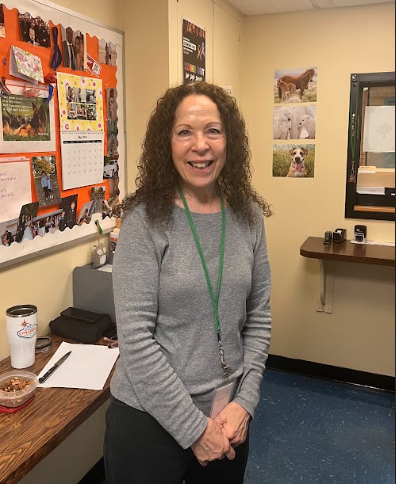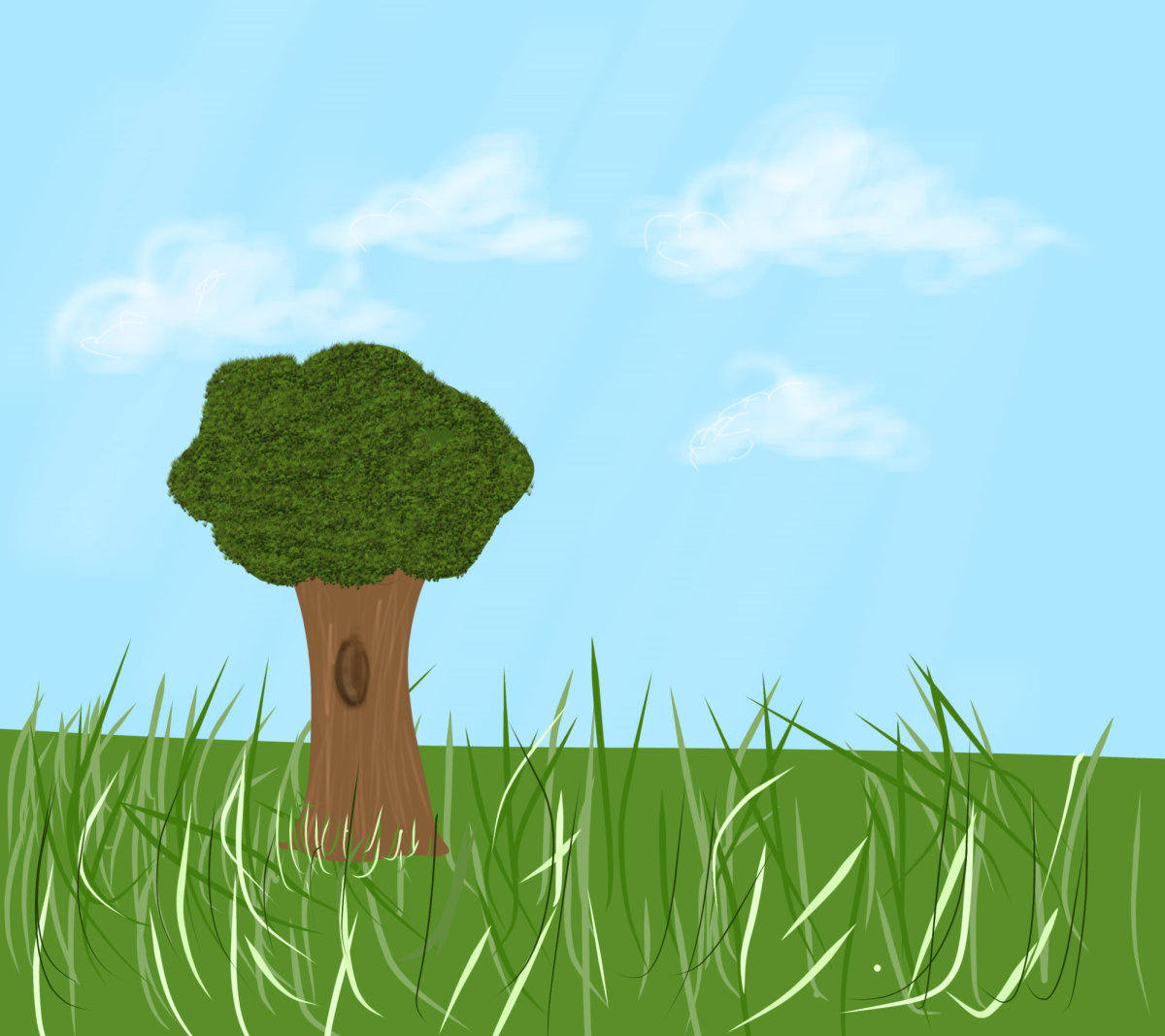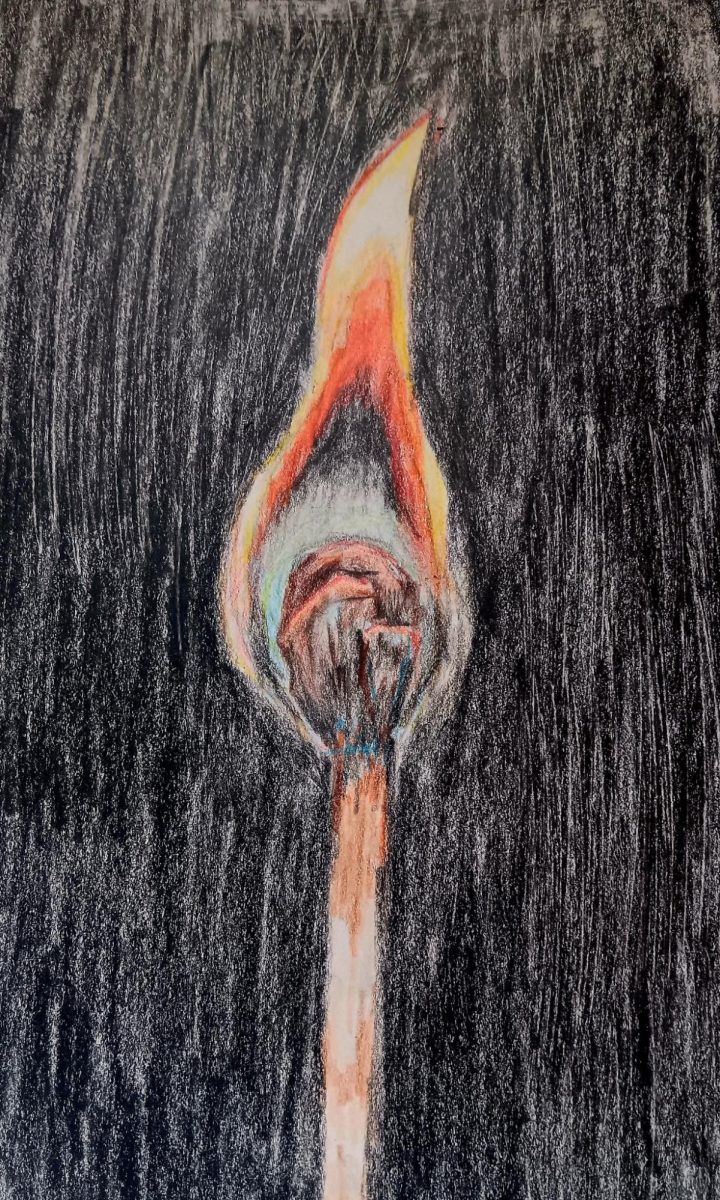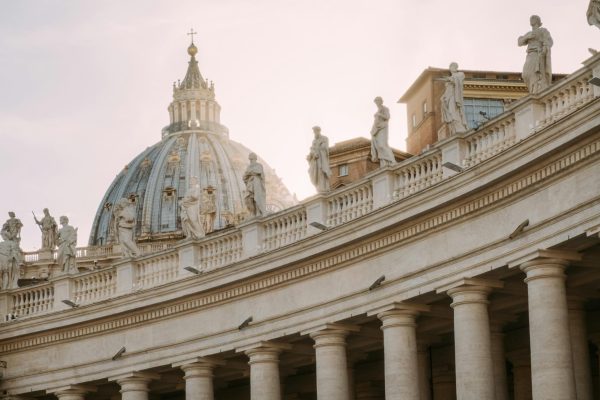Lynbrook Participates in NASA’s Project LIFTOFF
The three finalist Project LIFTOFF teams pose with BOE Trustee Sean Murray and Superintendent Melissa Burak Photo courtesy of the Lynbrook Public Schools Website
The National Aeronautics and Space Administration (NASA) has been pursuing advancements in space exploration since its creation in 1958. This year, NASA began a new program that gives students in grades six through nine the opportunity to launch their own projects into the International Space Station: Project LIFTOFF. In an effort to expand interest and fascination for space and science in general, Project LIFTOFF is a competition to create the best experiment to be completed in space and on Earth. Students are given a simple protocol and endless possibilities to create their experiment.
Lynbrook students from sixth to ninth grade who participated could either work in groups or individually to create an experiment that they felt was out of this world. The process of Project LIFTOFF was simple: the project was introduced in science classes, and the students had time on their own to design a unique experiment. They were free to decide all the materials, methods, variables, and even location. Once their project was submitted, a vigorous elimination process began. The judges were scientists and members of the district’s teaching staff, and they came up with 12 winners. They then narrowed it down to three finalists, and then a single winner. All three of the finalist teams did experiments involving microgravity, or the lack of gravity in space, and how it affects different processes seen on earth. The winning team consisted of freshmen Jack Murray and Aidan Michaels, whose projects will be sent to the International Space Station in the new year.
Freshman and science research student Eric Matern said, “It really encouraged me and my friends to come up with an experiment and explore the possibilities in space.”
Even though sixth through ninth graders were technically the only grades eligible to compete, the whole school was able to get involved in Project LIFTOFF. Upperclassmen in the science research program had the opportunity to mentor sixth-grade teams with their projects and foster the younger students’ love of science, much like how older mentors had done for them when they were younger. “Working with the sixth graders was so cool; it really got me out of my comfort zone,” expressed junior Bianca Dublin.
Project LIFTOFF reached beyond the science department. In social studies classes, NASA Day was introduced, in which one lesson a month focuses on space-related history. Topics so far have included everything from Apollo 11 to women in NASA to Elon Musk, SpaceX, and the future of space travel. NASA Day aims to add another level of wonder to space by bringing real controversies and conversations about space to the classroom.
The art department is also involved in Project LIFTOFF, as a competition commenced to design the best patch for an astronaut’s uniform. Incorporating such a variety of departments fulfilled NASA’s objective to encourage students to enjoy science and space experiments. Patch ideas are being accepted until february.
Astronomy, cosmology, and aeronautics in space are no longer limited to astronauts or people in white lab coats. Project LIFTOFF has helped to demonstrate that science is truly a playing field for anyone. “I never would have thought about researching space or anything related to it, but after participating in LIFTOFF and NASA Day, it’s a new field of interest for me!” Caroline Larow, junior and science research student, exclaimed.



















